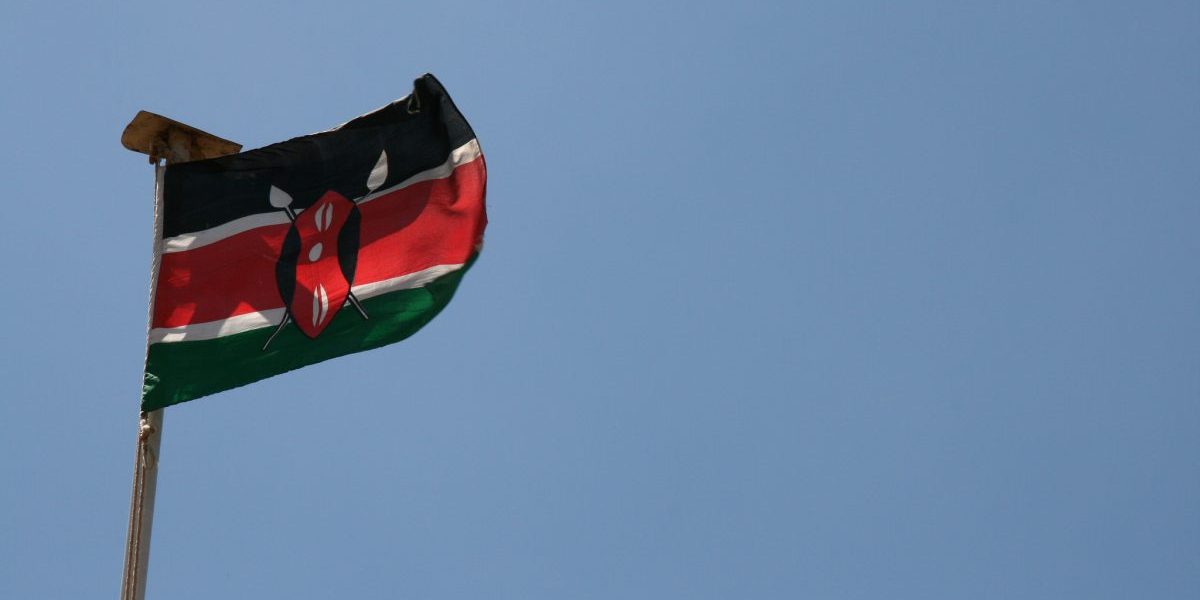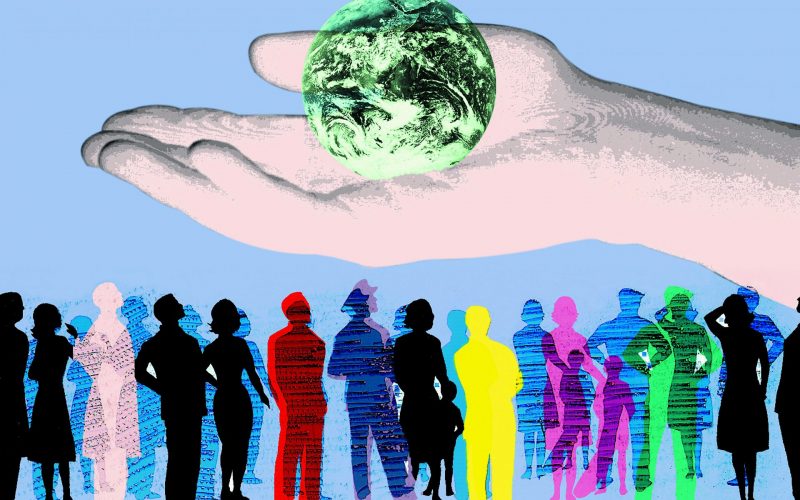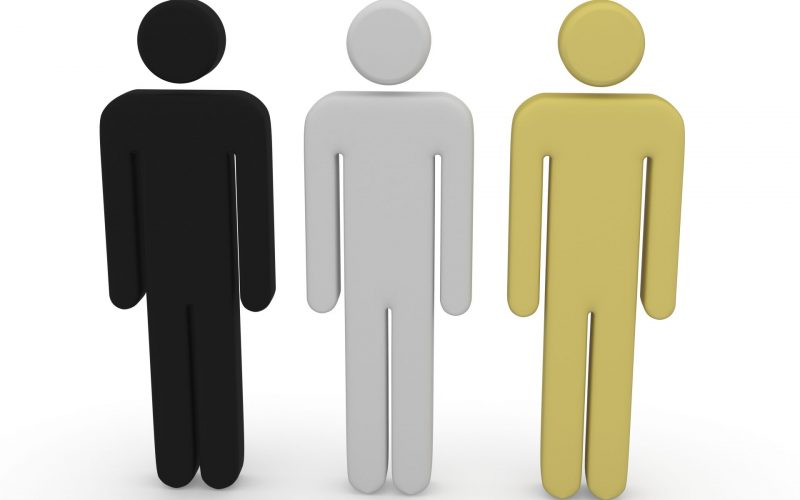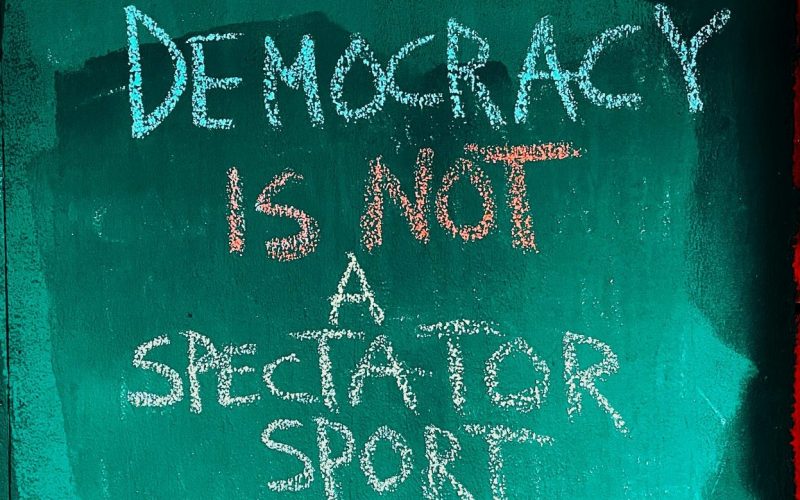For Kenya’s Human Rights Commission and other organisations, probing ethnic origins poured salt on fresh wounds, even though for minority groups such as the Ogiek people, reliable statistics on their numbers would help policymakers develop relevant solutions to the Ogiek’s often obscure needs as a hunter-gatherer community. However, the furore over this one part of the census questionnaire obscures a more important subject – Kenya’s persistent inequality.
Not only does any discussion of ethnicity still strike a raw nerve among Kenyans eager to shed the unwelcome image of their country as a hotchpotch of warring tribes; they are worried that census results could be wrongfully manipulated by the ruling elite in order to exploit ethnic divisions during the next election, scheduled for 2012. The Human Rights Commission, among others, called upon the public to respond to the ethnic question in the census by identifying themselves only as “Kenyan”.
Given that ethnic conflict is still fresh in the memories of most Kenyans, it is unsurprising that ethnicity is still such a sensitive subject. Yet what seems to have been glossed over in the recent debate is any discussion of Kenya’s most pressing problem – economic and other forms of inequality – and the capacity of a well-run census to provide the data which will help the country address the issue.
For Duncan Okello, executive director of Nairobi’s Society for International Development (SID), inequality is Kenya’s true Achilles heel, and has not received the attention it deserves. On the contrary, he says discussion about inequality has fallen foul of what he calls a “conspiracy of silence.”
As the SID points out, statistics already available have exposed gaping inequality on several levels. The country’s top 10 percent of households earn 42 percent of its total income, while the bottom 10 percent earn less than one percent of income.
More worryingly, life expectancy and access to health services, childhood mortality and other critical social services are markedly unequal across gender and regional lines. Kenyans living in the southwest province of Nyanza can expect on average to die 19 years earlier than their counterparts in the Central province. Nationally, about 20,700 Kenyans share one doctor but in the North Eastern province the doctor-patient ratio is 120,000 to one.
While Kenya has managed to establish itself as one of a few countries to invest successfully in HIV/Aids treatment – before the displacement of caused by the December 2007 post-election violence – wide disparities in income make access much more difficult for the poor. Those hit hardest live on an average salary of 15,000 Kenyan shillings, or about U.S. $200 dollars per year – a very small amount on which to manage effectively the treatment and lifestyle required to cope with the disease, according to Kenya’s National Aids Control Council.
To its credit, the Kenyan government has placed the creation of wealth and the bridging of inequality at the centre of its “Vision 2030” national development strategy. Encouragingly, the country is committed to implementing a wide array of reforms through its National Programme of Action under the APRM.
But the debate over the controversial census question on ethnicity suggests that much still needs to be done to elevate the discussion over what is arguably Kenya’s most crucial challenge – bridging the gap between the rich and the poor. African countries which support Kenya’s quest for sustainable solutions to its problems should not only provide support for the coalition government which was established after the post-election violence, but hold it accountable for the implementation of its Programme of Action.









